In the beginning, all was chaos. Then broad-breasted Earth emerged as a firm ground for all beings. Dark Tartaros opened in a chasm of Earth. Eros also came into being. He’s the fairest of the gods.
This is how the ancient Greek poet Hesiod felt that creation happened. Boundaries between domains are primary. First Earth is sharply distinguished from Chaos as the ground we all can stand on. Tartaros is demarcated from Earth as the opposite of what we can live in–it’s dark and misty.
Hesiod’s beautifully Greek mind continued to work. Earth gave birth to Sky and Ocean. More demarcations.
Hesiod lived just after 700BCE. He and Homer were the two most influential ancient Greek poets, and their ideas still reverberate throughout the West. G.S. Kirk and J.E. Raven, in The Presocratic Philosophers, said that Hesiod influenced Greek ideas of the universe more than any other poet did.
When Hesiod lived, Greeks began to build stone temples with clear outlines. They’re perfect distinct entities, and models of order and eternity.
Greeks also began to fashion the proportioned distinct object in sculpture and ceramics. Their focus on this idea was thus reinforced through many media.
What a contrast with Indian cosmology.
Many ancient Indians thought that primary reality is Brahman, which is a unified energy that all things in the universe came from. This energy emanates through vast distances and into an enormous number of forms. Limits are less important than abundant flow and unity. Architecture expressed these two ideas when Indians began to build stone temples around 300CE.
Greeks also explored ideas of a unified universe that’s infinitely vast. But they kept coming back to the primacy of distinct entities and ratios. So has the West since then, and a lot of modern science has been inspired by this sensibility.
This sensibility has infinitely deep roots. The Greeks were colonizing their world around Hesiod’s time. They built proportioned stone temples from one end of the sea to the other, as models of a well-run universe.
Here is one at Paestum, in Southern Italy.
And here is one at Delphi. This was one of the most sacred places in the Greek world. People came from all over to hear Apollo’s oracle. They loved to see these proportioned forms when they encountered divinity.
This one is in Turkey, at Priene.
Westerners’ basic assumptions have been reinforced over and over for thousands of years. So has India’s heritage.
The forms that a culture considers most basic have infinitely deep roots. What seems basic converges from many dimensions. All people have limitless wonders within.

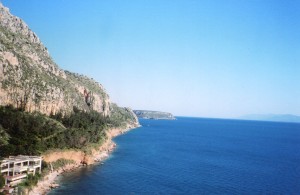
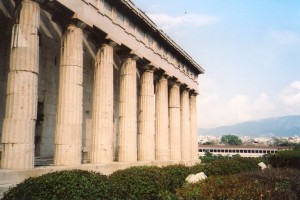
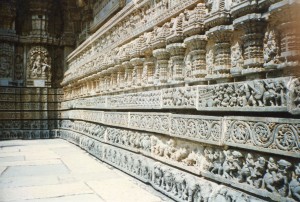
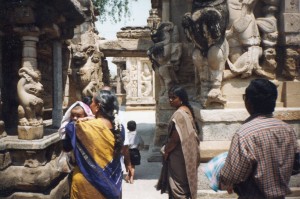
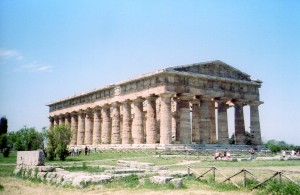
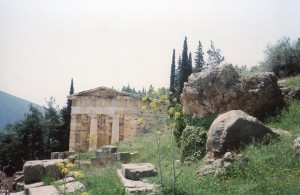
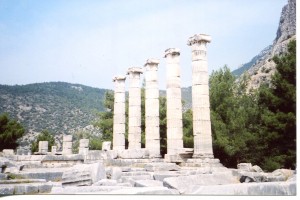
Comments on this entry are closed.